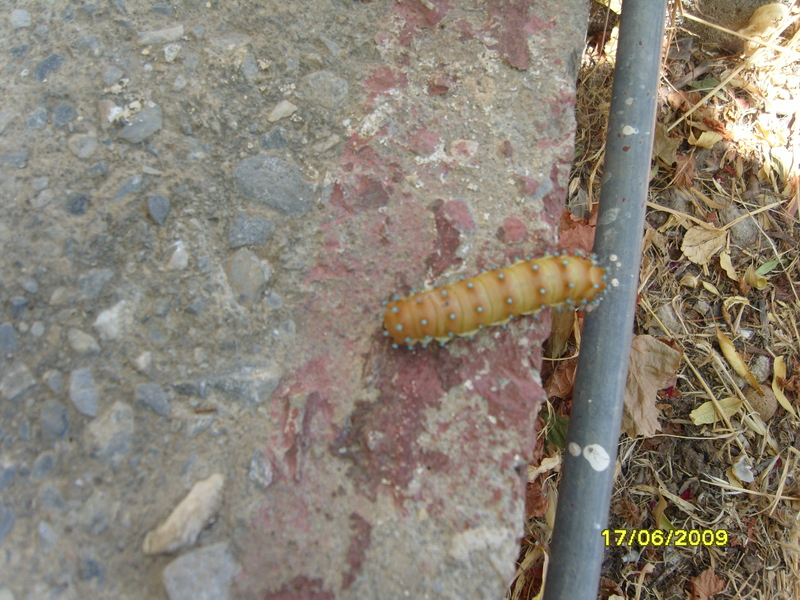|
| Query: Caterpillar | Result: 221st of 1696 | |
Caterpillar Whats its correct name
| Subject: | Caterpillar Whats its correct name
| | Poster: | Mike Farrimond (samosmike@hotmail.com)
| |

| Resolution: 2592x1944
File Size: 2505497 Bytes
Date: 2009:06:17 13:09:09
Camera: (Samsung Techwin)
F number: f/2.8
Exposure: 1/350 sec
Focal Length: 74/10
Upload Date: 2009:06:17 22:24:38
|
Caterpillar Whats its correct name
About 80mm long, 15mm in diameter with turquoise spots. Seen on Greek island of Samos
|
Comments |
|---|
| | Guest |
|
| Similar to caterpillars of Saturniidae (Silk Moths) |
^o^
Animal Pictures Archive for smart phones
^o^
|
|
|

